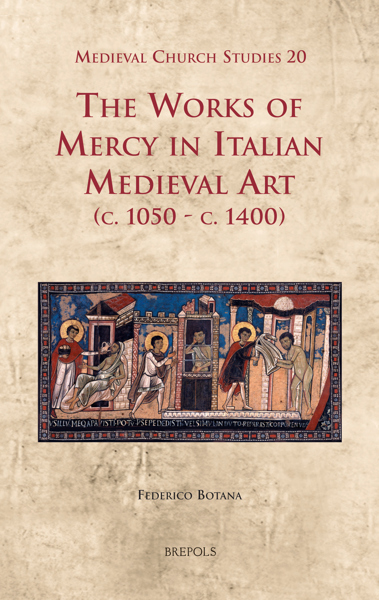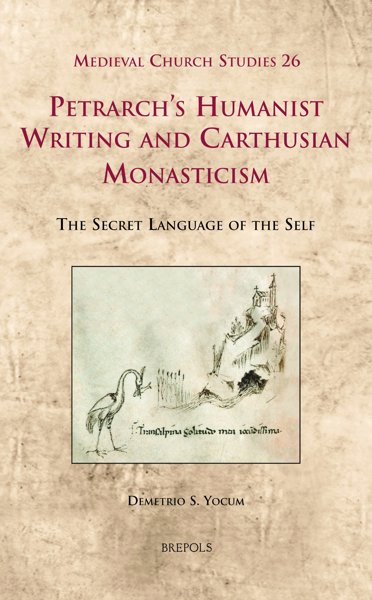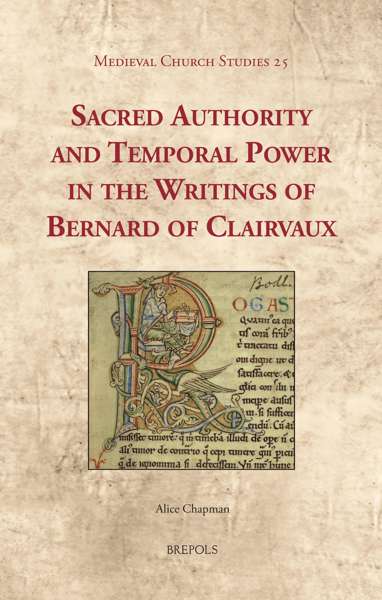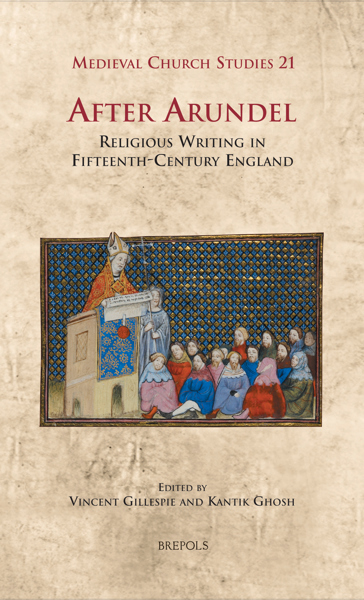
The Secular Liturgical Office in Late Medieval England
Matthew Cheung Salisbury
- Pages: 261 p.
- Size:156 x 234 mm
- Illustrations:39 tables b/w.
- Language(s):English
- Publication Year:2015
- € 95,00 EXCL. VAT RETAIL PRICE
- ISBN: 978-2-503-54806-7
- Hardback
- Available
- € 95,00 EXCL. VAT RETAIL PRICE
- ISBN: 978-2-503-57232-1
- E-book
- Available
A challenge to the conventional narrative about the fixity of the medieval English liturgy and its manuscripts, encompassing a new and comprehensive study of their contents, and a multi-faceted resource for all those interested in the practice of medieval liturgy.
"Dass Salisbury alle Aspekte auf gerade einmal gut 250 Seiten abhandelt, zeigt die Stärke der Publikation, nämlich ihre Kürze und Dichte, ohne dabei notwendige Details aus dem Blick zu verlieren." (Astrid Marner, in: Sehepunkte, 15 (2015), nr. 10)
"The scope of the research and the amount of detail that was accumulated about these manuscripts is truly amazing. (...) The Secular Liturgical Office in Late Medieval England is a thought-provoking and valuable contribution to the study of the liturgy. The work provides a great deal of evidence to demonstrate the variability of liturgical manuscripts, and it provides an important reminder that critical editions and printed versions of the liturgy mask local variations that appear in the manuscripts. For liturgical scholars and those interested in the production and contents of liturgical manuscripts, this work will undoubtedly prove invaluable." (Gabriel Hill, in: The Medieval Review, 15.10.43)
«Au terme de cette recherche menée avec une remarquable maîtrise des sources, de la méthode et de la pédagogie, l’a. est en mesure de rassembler en plein lumière des conclusions innovantes sur la liturgie anglaise de l’office à la veille de la Réforme.» (D. Saulnier, dans le Bulletin Codicologique Scriptorium, 2, 2015)
“Few medievalists pay much attention to liturgiology until the day that a precise answer to some tricky liturgical question is urgently required. (…) this book is one that they may someday need. (…) libraries that own any English liturgical texts, manuscript or print, including the nineteenth-century editions, should have a copy available in their reading room.” (Alexandra Barratt, in Parergon, 33/1, 2016, p. 246-248)
Until recently, research on the late medieval English Office liturgy has suggested that all manuscripts of the same liturgical Use, including those of the celebrated and widespread Uses of Sarum and York, are in large part interchangeable and uniform. This study demonstrates, through detailed analyses of the manuscript breviaries and antiphonals of each secular liturgical Use of medieval England, that such books do share a common textual core. But this is in large part restricted to a single genre of text — the responsory. Other features, even within manuscripts of the same Use, are subject to striking and significant variation, influenced by local customs and hagiographical and textual priorities, and also by varying reception to liturgical prescriptions from ecclesiastical authorities. The identification of the characteristic features of each Use and the differentiation of regional patterns have resulted from treating each manuscript as a unique witness, a practice which is not common in liturgical studies, but one which gives the manuscripts greater value as historical sources. The term ‘Use’, often employed as a descriptor of orthodoxy, may itself imply a greater uniformity than ever existed, for the ways that the ‘Use of Sarum’, a liturgical pattern originally designed for enactment in a single cathedral, was realised in countless other venues for worship were dependent on the times, places, and contexts in which the rites were celebrated.




